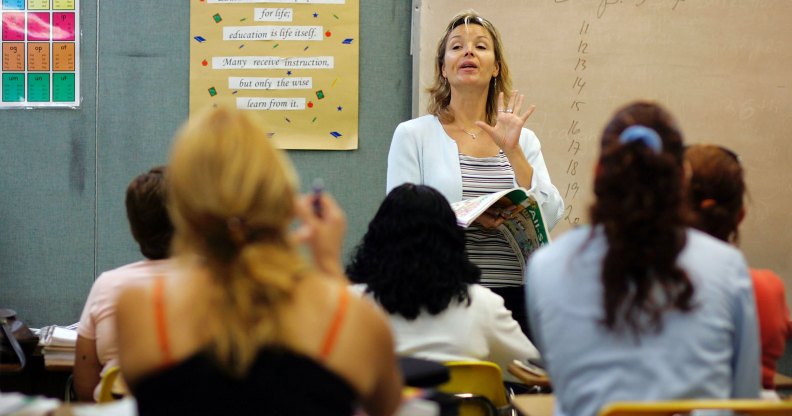This speech class hopes to help trans teens

The new transgender speech class aims to help teens feel more like themselves with the voice of their preferred gender.
There are currently seven participants of the new speech class launched by the Northwestern University’s Center for Audiology, Speech, Language and Learning in Evanston, Illinois, and the Lurie Children’s Hospital’s Gender and Sex Development Program in Chicago.
One of the participants, Jay Luciano, said in an interview with the Chicago Tribune: “I’m Jay, I’m 15 – I take classes in Chicago. They’re vocal classes to teach me how to speak and express myself like my preferred gender.”
Nathan Waller, who is the clinical instructor that manages the transgender speech program and services, told MTV: “It’s not necessarily uncharted territory, but it’s a really very niche population. With each new generation you’re seeing people begin transitioning earlier.”
The speech program, which is named “Be Heard for Who You Are”, was made over the course of three months.
The team at the Northwestern University Center worked alongside Dr. Marco Hidalgo, a psychologist at Lurie Children’s Hospital. The teens, aged from 13 to 18 years old, met at the administrative office of Lurie’s Division of Adolescent Medicine once a week for two months to participate.
“Most of the clients I’ve had in the past have been older, and there are group therapy sessions as well for speech and voice for transgender adults, but it’s really exciting to be able to do this with the youth population.” Waller said.
“We have equipment where we can analyze the pitch that they’re speaking with and their volume. We took some time to just kind of learn their personal goals and what they want to get out of the class – to find out how much are they using a different voice during their day.” He continued.
Waller said that the way the teens learn to change their voice is done in a way that is not damaging to their vocal cords: “Our number-one priority – if someone is working on changing their voice and how they sound – we want to do that in a healthy way, keep their voices healthy.”
He said that the difference between a male and female voice is all about pitch: “You can measure the pitch in a voice by finding out their fundamental frequency of the pitch,” Waller said.
“So for female speakers, that can be anywhere between 180 to 220 hertz, and for male speakers the range is about 100 to 150 hertz. So for someone who is transitioning to female, we want to kind of get them into that range – but probably on the lower end of that range or even a little bit underneath it so that their voice isn’t being strained but it still sounds feminine.” He continued.
Waller said he also teaches his students elements of non-verbal communication.He explained that women tend to use more hand gestures and eye contact, where as men don’t tend to as much.
So far, Waller and Co. have said to be pleased with the current outcome of the program and plan to hold similar sessions twice a year.
“I’m hoping that as it grows, we could do that every quarter throughout the year.” Waller concluded.

